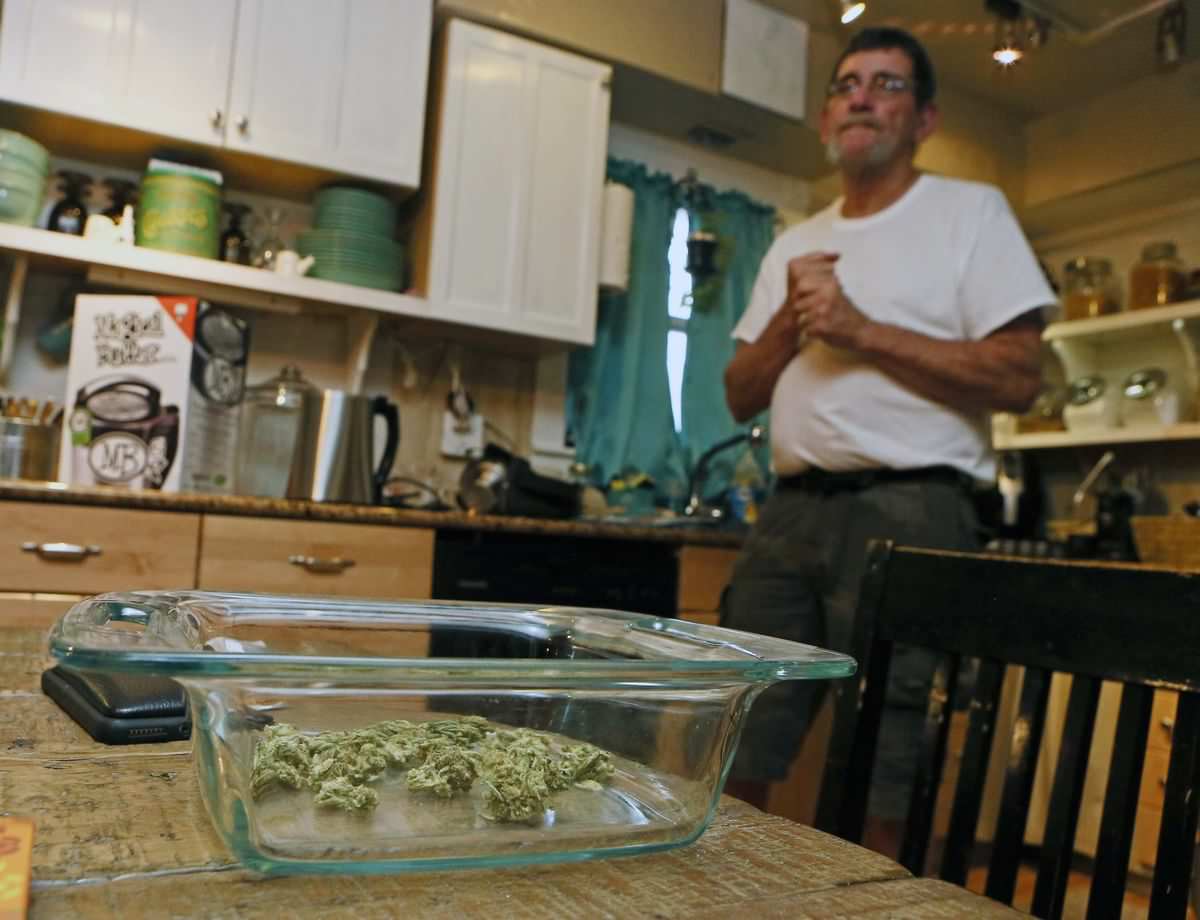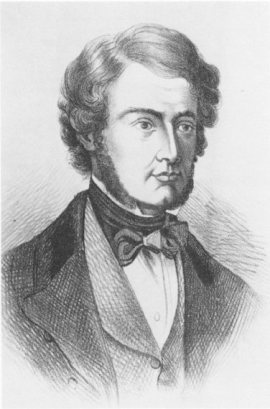Marijuana-Based Medicine Can Reduce Epilepsy Seizures, Researchers Say
Written by David Mills | Published on April 18, 2017
A new study backs up previous research that says cannabis oil can significantly reduce the seizures for people with certain kinds of epilepsy.
Are marijuana-based products the antidote for epileptic seizures?
A study released today is joining a growing chorus of research material that concludes cannabis oil can help reduce seizures for people with certain kinds of epilepsy.
Researchers say cannabidiol cut the number of seizures in half for a sizable number of children and adults with Lennox-Gastaut syndrome (LGS), a severe form of epilepsy.
The results of the clinical study were presented today at the American Academy of Neurology 2017 Annual Meeting in Boston. The research was sponsored by GW Pharmaceuticals, a developer of cannabidiol.
“Our study found that cannabidiol shows great promise in that it may reduce seizures that are otherwise difficult to control,” said study author Dr. Anup Patel, of Nationwide Children’s Hospital and The Ohio State University College of Medicine in Columbus and a member of the American Academy of Neurology, in a press release.
What the research showed:
For their double-blind, placebo-controlled study, researchers followed 225 people for 14 weeks.
The LGS participants had an average age of 16 and had an average of 85 “drop seizures” a month. They had also tried an average of six epilepsy drugs that didn’t work for them and were taking an average of three epilepsy drugs during the study.
Some of the participants were given a dose of 20 milligrams per kilogram (mg/kg) of cannabidiol daily. Others received a lower dose of 10 mg/kg daily or were given a placebo.
Researchers said those taking the higher dose had an overall decrease of 42 percent in drop seizures. In addition, 40 percent of this group had their seizures reduced by half or more.
The participants taking the lower dose had an average decrease of 37 percent in seizures. About 36 percent of this group experienced a decline in seizures by half or more.
The placebo group saw an overall decrease of 17 percent in seizures. About 15 percent had their seizures decline by half or more.
Researchers added that those in the high-dose group were 2.6 times more likely to say their overall condition had improved than the those taking the placebo.
There were side effects for 94 percent of those taking the higher dose and 84 percent of those taking the lower dose. About 72 percent of the placebo group reported side effects.
However, the side effects were mild to moderate symptoms such as loss of appetite and sleepiness according to the researchers.
The researchers said there are plans to submit a new drug application for cannabidiol to the U.S. Food and Drug Administration (FDA).
“Our results suggest that cannabidiol may be effective for those with Lennox-Gastaut syndrome in treating drop seizures,” said Patel. “This is important because this kind of epilepsy is incredibly difficult to treat. While there were more side effects for those taking cannabidiol, they were mostly well tolerated. I believe that it may become an important new treatment option for these patients.”
Cont.
A summary of the Epilepsy Foundation's views of Medical Marijuana and Epilepsy can be found in detail here. In short, their stance is:
Learn more about the Epilepsy Foundation's medical cannabis advocacy and public policy priorities here.
Written by David Mills | Published on April 18, 2017
A new study backs up previous research that says cannabis oil can significantly reduce the seizures for people with certain kinds of epilepsy.
Are marijuana-based products the antidote for epileptic seizures?
A study released today is joining a growing chorus of research material that concludes cannabis oil can help reduce seizures for people with certain kinds of epilepsy.
Researchers say cannabidiol cut the number of seizures in half for a sizable number of children and adults with Lennox-Gastaut syndrome (LGS), a severe form of epilepsy.
The results of the clinical study were presented today at the American Academy of Neurology 2017 Annual Meeting in Boston. The research was sponsored by GW Pharmaceuticals, a developer of cannabidiol.
“Our study found that cannabidiol shows great promise in that it may reduce seizures that are otherwise difficult to control,” said study author Dr. Anup Patel, of Nationwide Children’s Hospital and The Ohio State University College of Medicine in Columbus and a member of the American Academy of Neurology, in a press release.
What the research showed:
For their double-blind, placebo-controlled study, researchers followed 225 people for 14 weeks.
The LGS participants had an average age of 16 and had an average of 85 “drop seizures” a month. They had also tried an average of six epilepsy drugs that didn’t work for them and were taking an average of three epilepsy drugs during the study.
Some of the participants were given a dose of 20 milligrams per kilogram (mg/kg) of cannabidiol daily. Others received a lower dose of 10 mg/kg daily or were given a placebo.
Researchers said those taking the higher dose had an overall decrease of 42 percent in drop seizures. In addition, 40 percent of this group had their seizures reduced by half or more.
The participants taking the lower dose had an average decrease of 37 percent in seizures. About 36 percent of this group experienced a decline in seizures by half or more.
The placebo group saw an overall decrease of 17 percent in seizures. About 15 percent had their seizures decline by half or more.
Researchers added that those in the high-dose group were 2.6 times more likely to say their overall condition had improved than the those taking the placebo.
There were side effects for 94 percent of those taking the higher dose and 84 percent of those taking the lower dose. About 72 percent of the placebo group reported side effects.
However, the side effects were mild to moderate symptoms such as loss of appetite and sleepiness according to the researchers.
The researchers said there are plans to submit a new drug application for cannabidiol to the U.S. Food and Drug Administration (FDA).
“Our results suggest that cannabidiol may be effective for those with Lennox-Gastaut syndrome in treating drop seizures,” said Patel. “This is important because this kind of epilepsy is incredibly difficult to treat. While there were more side effects for those taking cannabidiol, they were mostly well tolerated. I believe that it may become an important new treatment option for these patients.”
Cont.
A summary of the Epilepsy Foundation's views of Medical Marijuana and Epilepsy can be found in detail here. In short, their stance is:
The Epilepsy Foundation is committed to supporting physician-directed care, and to exploring and advocating for all potential treatment options for epilepsy, including cannabidiol (CBD) oil and medical cannabis. We support safe, legal access to medical cannabis if a patient and their health care team feel that the potential benefits of medical cannabis for uncontrolled epilepsy outweigh the risks.
While not everyone with epilepsy should or would consider medical cannabis as a treatment option, some people living with uncontrolled seizures have reported beneficial effects and reduced seizure activity when using medical cannabis, especially strains rich in CBD. Further research is needed on the effects of medical cannabis on epilepsy, but when prescribed by a treating physician, medical cannabis may be the best alternative for some individuals living with drug-resistant epilepsy and uncontrolled seizures. Legal access to cannabis will support increased research efforts and allow individuals who have failed to gain seizure control an option for treatment.
Learn more about the Epilepsy Foundation's medical cannabis advocacy and public policy priorities here.
Last edited:

